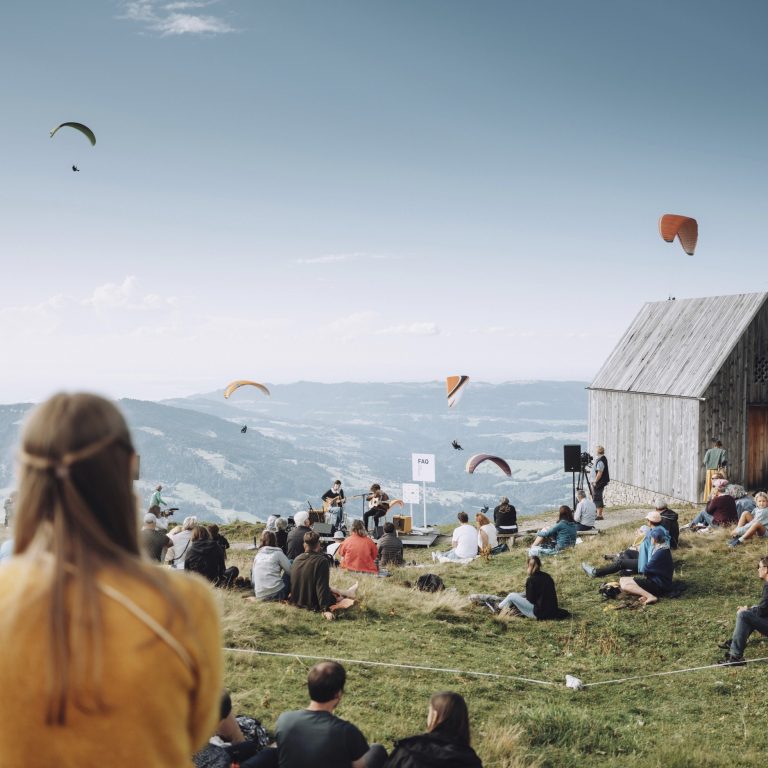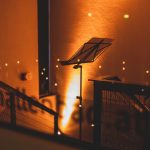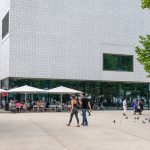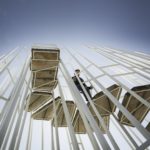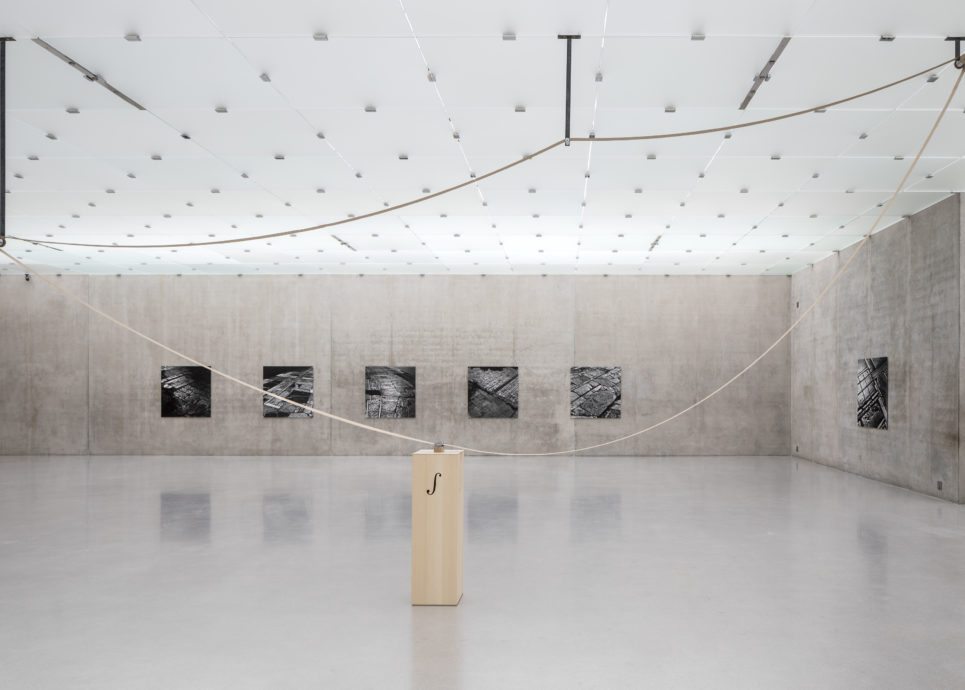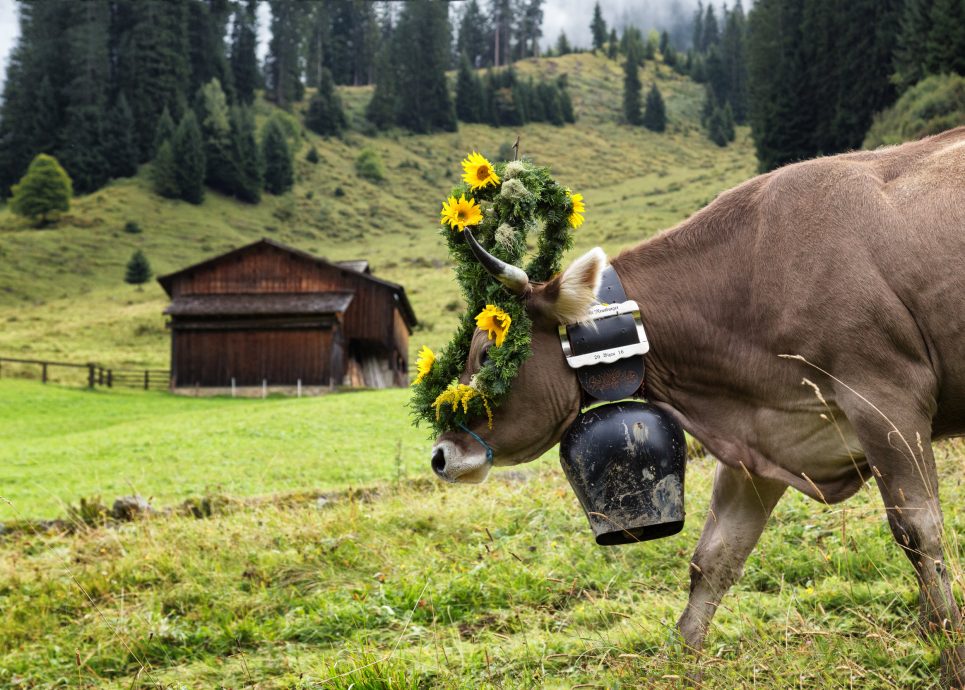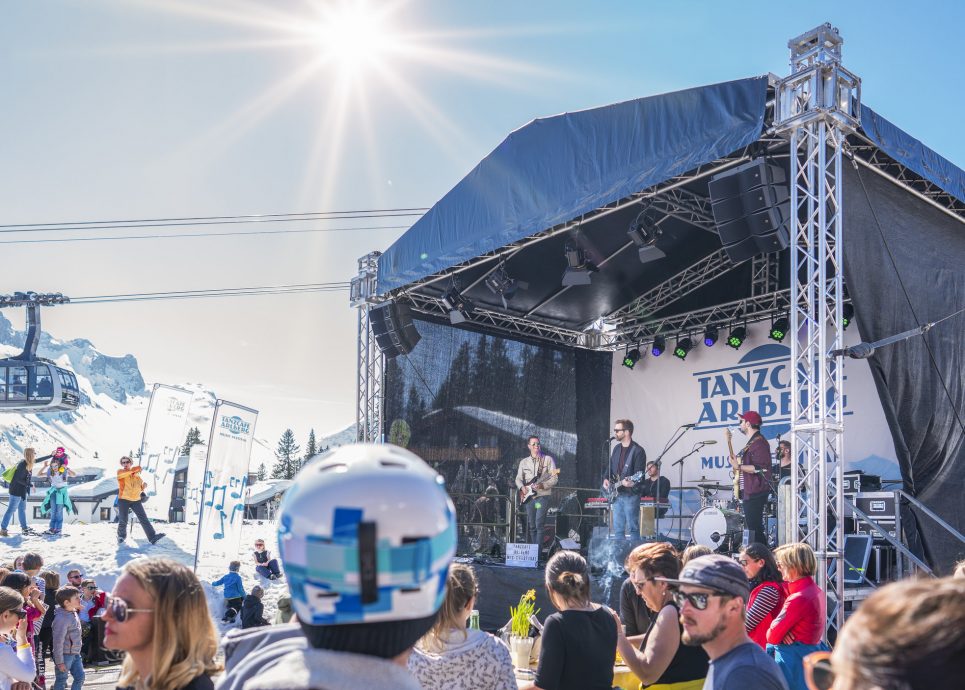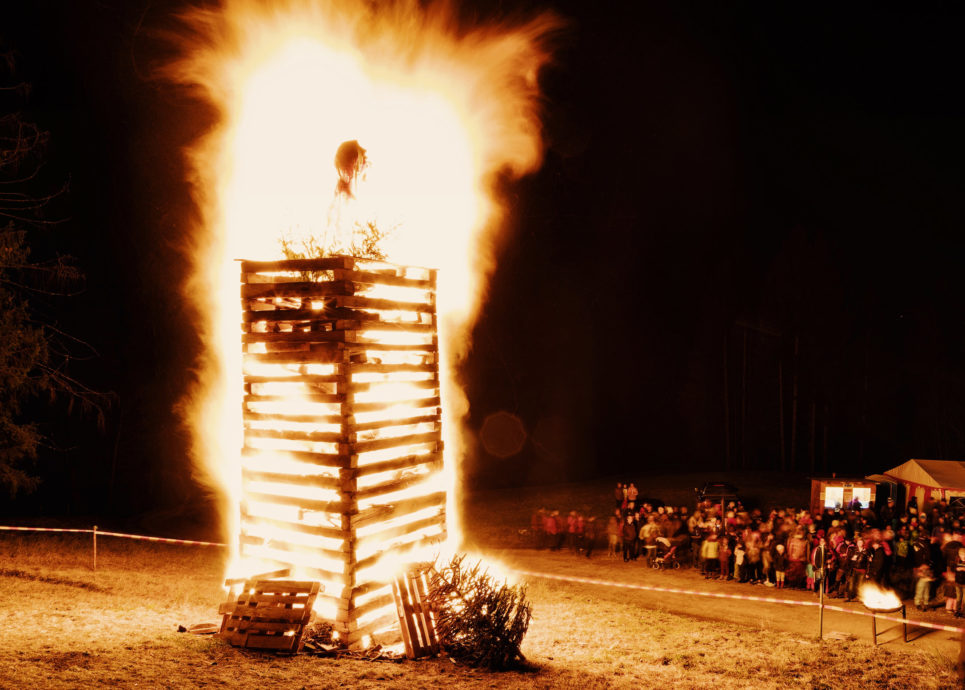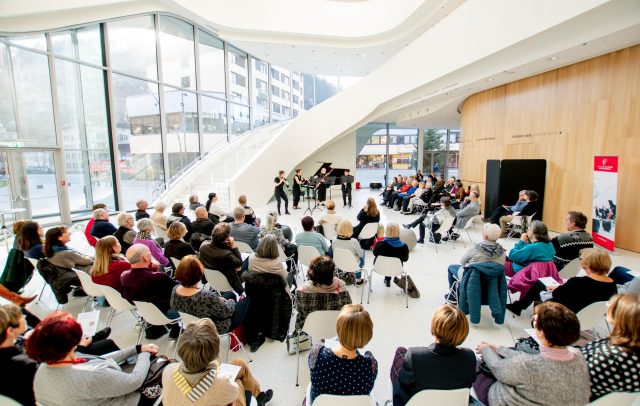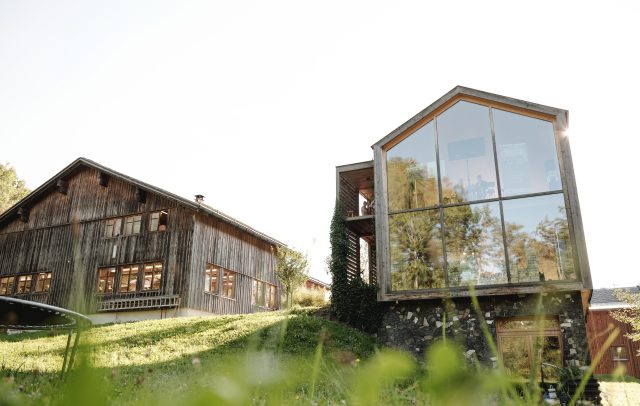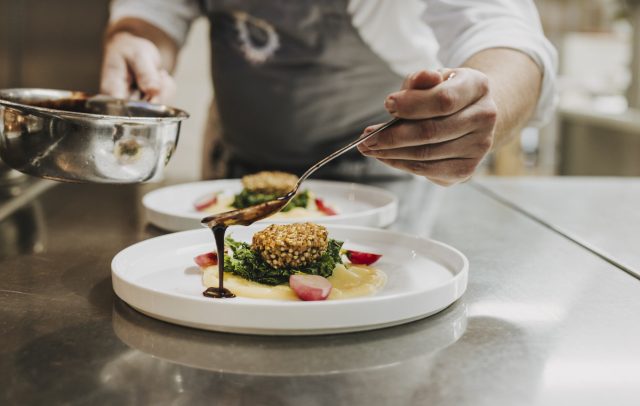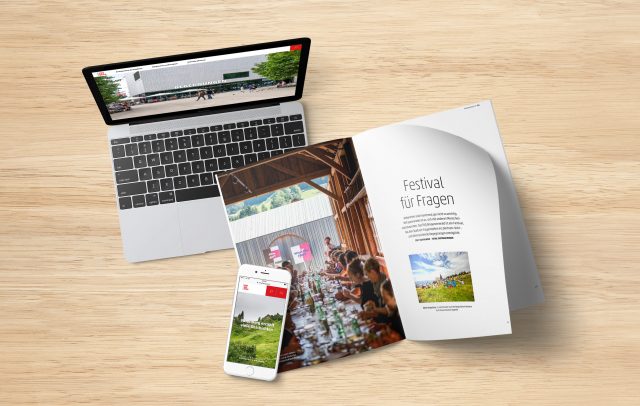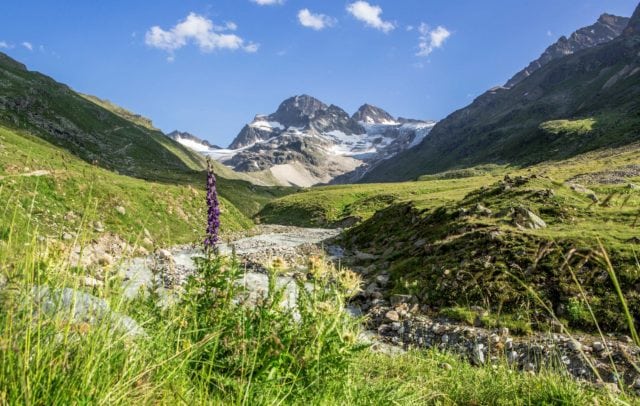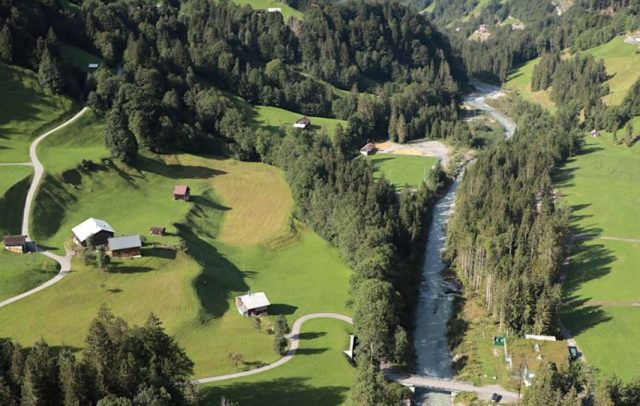General information
Culture Hotspot
Art and culture lovers find rich pickings in Vorarlberg, with events from the Bregenz Festival and inspiring exhibitions to Literaricum Lech. The venues are spread all over Vorarlberg, from the floating stage on Lake Constance to concert halls that offer panoramic views of surrounding nature.
A host of festivals
The Bregenz Festival is a must-see for visitors from all over the world. The largest festival in Vorarlberg by far, it has been staging opera performances on the lakeside stage ever since 1946. The festival programme also features orchestra concerts – usually performed by the Vienna Symphony Orchestra, the festival’s orchestra since its inception – as well as operatic productions at the Festspielhaus Bregenz and a series of other music and theatre events. The Schubertiade Schubert festival equally draws an international audience. At several dates, lieder recitals and concerts are hosted in Schwarzenberg in Bregenzerwald. The Schwarzenberg concert hall is unique for its views of alpine pastures and woods. The second festival venue is Hohenems. In late autumn, the Montforter Zwischentöne festival welcomes visitors to music salons, concerts and talks in Feldkirch. In summer, this medieval town doubles as venue for the poolbar festival, a six-week series of popular culture events. The Montafoner Resonanzen concerts, the Lech Classic Festival, Bezau Beatz and Klassik Krumbach complete the summer programme, to name just a few. For lovers of contemporary dance, the “Bregenzer Frühling” stages Austrian premieres and new works of renowned international dance companies. During the winter season, you can listen to music gigs in hotel salons, on open-air stages or sun terraces on the ski runs during events such as Tanzcafé Arlberg, Firnklang Brandnertal and Ski & Concert in Warth in Bregenzerwald. For more festivals see here.
Art venues
Museums host interesting exhibitions all year round on times past and present. Designed by the famous Swiss Architect Peter Zumthor, Kunsthaus Bregenz is a premier museum of contemporary art. Just a stone’s throw away, you will find the vorarlberg museum which is dedicated to local themes from the Lake Constance area and boasts an eye-catching façade that is adorned by more than 16,000 flowers made of concrete. Inatura, the interactive nature show, encourages visitors to marvel at and comprehend nature. The Jewish Museum in Hohenems deals with themes of contemporary interest. “Across the border“, a 100-km audio cycling trail initiated by the Jewish Museum, documents the flight of Jews in the years 1938 to 1945. Bregenzerwald boasts a wealth of museums. The Women’s Museum in Hittisau is Austria’s only museum dedicated to women. The Angelika Kauffmann Museum in Schwarzenberg features works by the famous classicist paintress Angelika Kauffmann. Designed by Peter Zumthor, the Werkraum Haus Building in Andelsbuch showcases contemporary crafts in changing exhibitions. Set in the lovingly restored Kurathaus in Au, the Baroque master builder museum features an inspiring exhibition. Several museums such as the FIS ski museum in Damüls portray the history of winter sports.
Literature all year round
Literature takes centre stage in Vorarlberg, stimulated by a surprisingly high number of authors either residing in Vorarlberg or having their roots in Austria’s west, the most famous among them Michael Köhl¬meier, Monika Helfer, Arno Geiger, Doris Knecht and Verena Rossbacher. Literatur.Ist is an umbrella association for Vorarlberg’s literary scene and those with an interest in literature. Its programme features readings and workshops. In 2025 the association will move to the new Vorarlberg House of Literature in Hohenems. Readings are also organised in the Vorarl¬berg State Library and the Vorarlberg State Archives in Bregenz, as well as in libraries, theatres, hotels and at literature festivals such as Literaricum Lech and the Literaturfest Kleinwalsertal.
Talks and more
In June, experts from various disciplines shed light on scientific topics of current interest at Impact Lech. In September, FAQ Bregenzerwald, the forum with festival character and culinary aspirations, invites visitors to take part in talks, discussions, concerts and hikes. For many years, Philosophicum Lech, equally in September, has been addressing the burning issues of our times.
Art in the public space
Visitors will come across eye-catching works of art also outside of museums and exhibitions. In some towns, and even high up in the mountains, art stops invite visitors to pause for a while and reflect. Artist-designed themed trails are lined by installations and interactive stations.
Customs and traditions
The difference between Vorarlberg and all other Austrian provinces is something that can be literally heard. The dialects spoken in Vorarlberg have Alemannic roots, whereas the language spoken in the rest of Austria is of Bavarian origin. A house in Vorarlberg is called “hus“, “gsi“ means having been, and depending on where you go, people call a stone “Schtua“, “Schtui“, “Schtei“, “Schtaa“ or “Schtee“.
When it comes to traditional costumes, you can single out three different ones. In Bregenzer-wald, women often wear what is called a “Juppe“ – designed for festive occasions, this is a tightly pleated gown made of black shiny linen with numerous decorative elements. The Juppenwerkstatt atelier in Riefensberg showcases the manufacturing process. The Montafon costume is baroque-inspired and stands out for its lavish silk embroidery. What is striking about the women’s Walser costume is that the skirt or apron is held above the chest by embroidered velvet ribbons.
The calendar of traditional events features one that is celebrated only in the Alemannic language area: Funkenabbrennen (“Traditional Bonfires“) on the Saturday and Sunday following the last Sunday of carnival time. The burning of giant wood towers is meant to dispel winter. Other important dates in the annual calendar of traditional events are the advent and Christmas markets, new year’s eve festivities, carnival time – again celebrated following the Alemannic traditi¬ons, easter celebrations, midsummer celebrations, Alpabtrieb (driving down the cattle from alpine pastures at end of summer), Thanksgiving, and celebrations on St. Martin’s day on 11 November, marking the kick-off for carnival season.
Hint: Green travel in Vorarlberg
For many years, rail and bus services in Vorarlberg have been interconnected and dovetailed according to a coordinated schedule. Hop on and off public transport to explore all of Vorarlberg. Practical: Regional Inclusive Cards, guest cards, ski passes and tickets for some museums and events are also valid for travel by public transport.
Downloads
Press Contact
Katharina Fa | +43 (5572) 377033-23 | katharina.fa@vorarlberg.travel
Elisabeth Amann | +43 (5572) 377033-31 | elisabeth.amann@vorarlberg.travel

